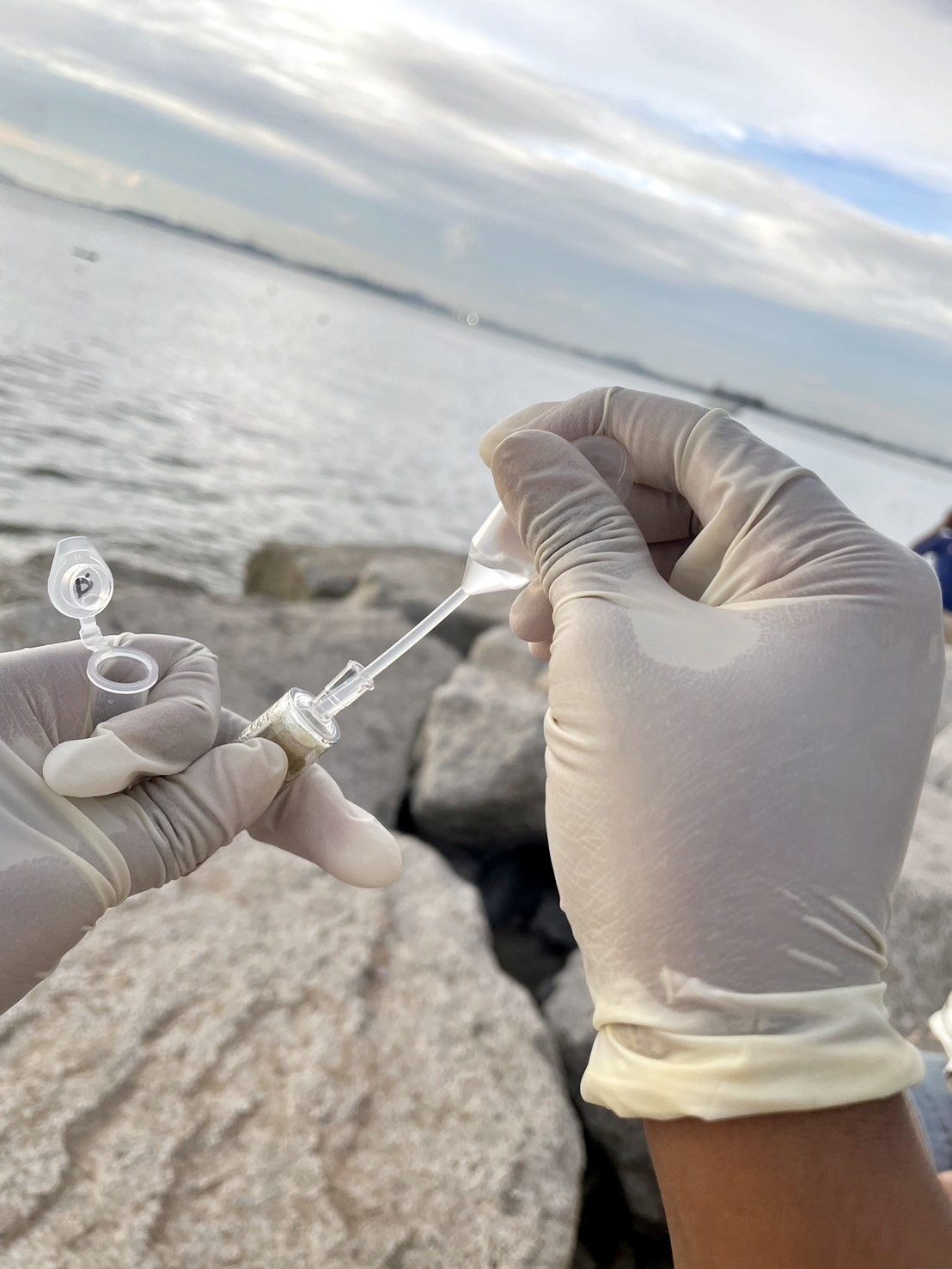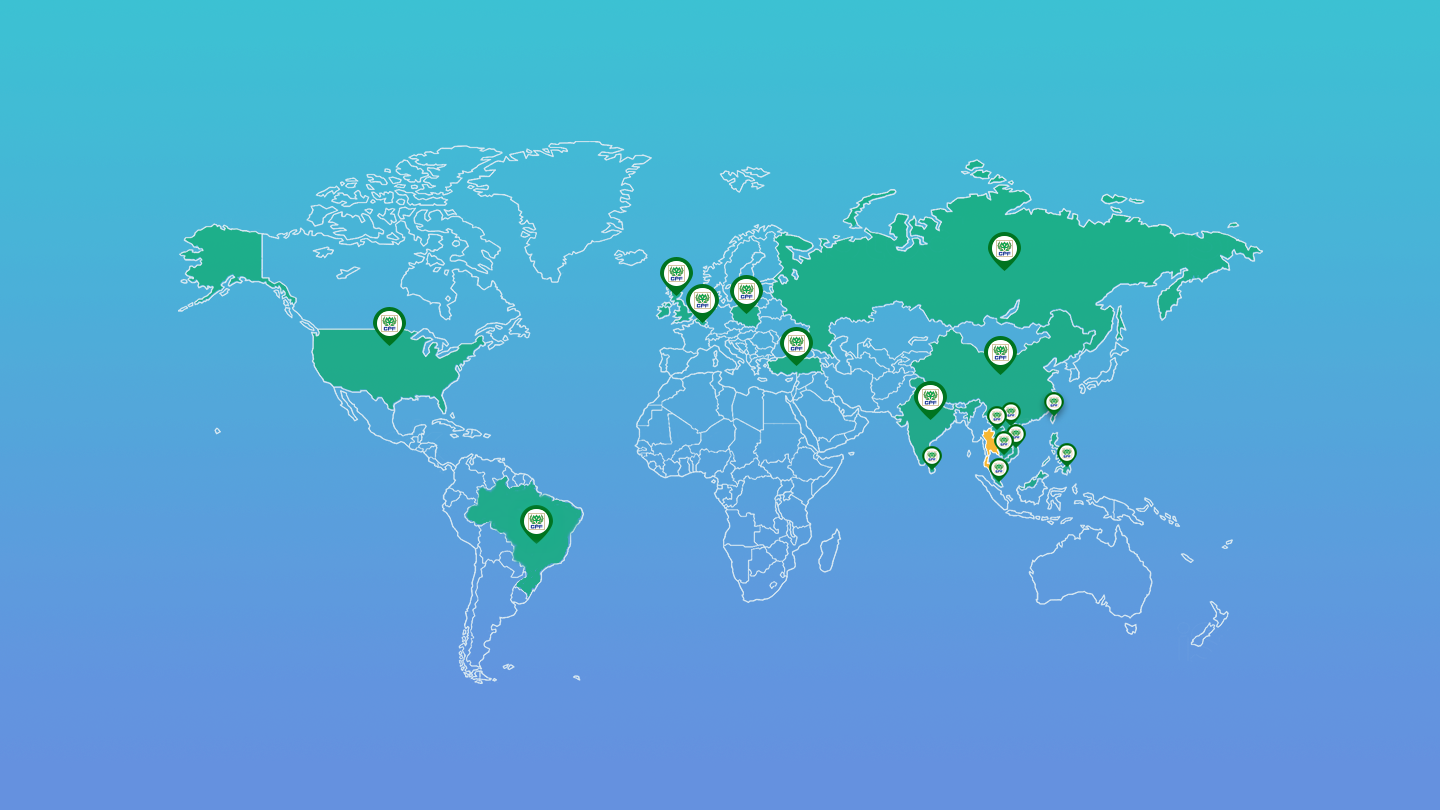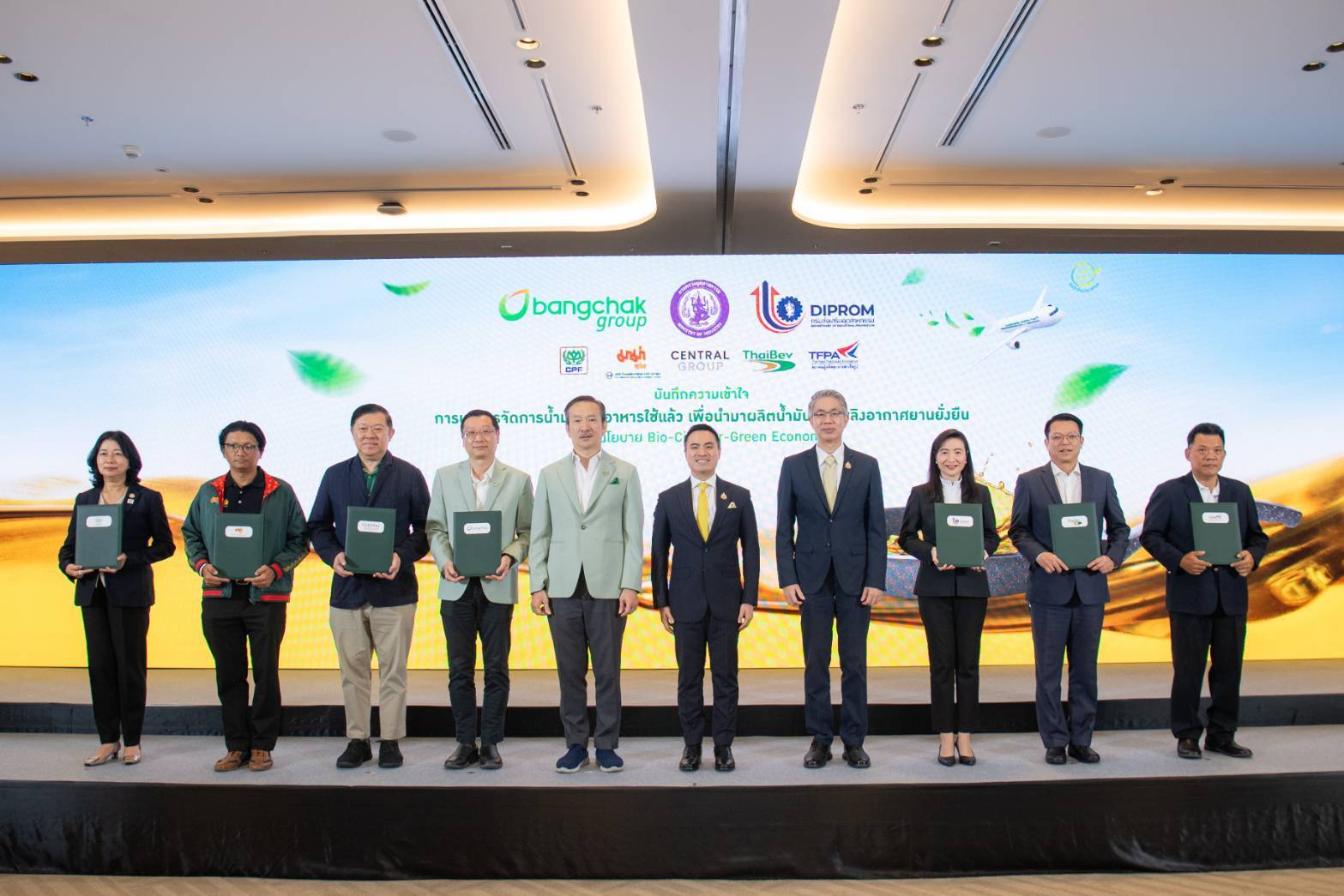

Charoen Pokphand Foods Public Company Limited (CP Foods) has joined forces with King Mongkut's Institute of Technology Ladkrabang (KMITL) to utilizes Environmental DNA (eDNA) technology to manage and control the spread of Blackchin Tilapia (Sarotherodon melanotheron) in water ways and buffer zones. This collaboration aims to support the government in systematically and sustainably addressing the issue.
Premsak Wanuchsoontorn, Head of Aquaculture Research and Development at CP Foods, stated that the company has devised a proactive action plan comprising five projects to support the government's urgent efforts to tackle the spread of Blackchin Tilapia. These include removing as many of these fish as quickly as possible from natural water sources to facilitate the release of predator fish, following systematic problem-solving steps. Collaboration with educational institutions is a key component of CP Foods' proactive approach under the fifth project, focusing on research with experts to find long-term solutions for controlling the Blackchin Tilapia population.
Asst. Prof. Dr. Tongchai Puttongsiri, Dean of the School of Agricultural Technology at KMITL, commented on this partnership, noting that KMITL is a university dedicated to solving problems using modern technology and innovation. The university employs eDNA technology to analyze the DNA of Blackchin Tilapia in natural water ways, a method that helps assess the overall health of aquatic ecosystems by collecting genetic traces released by animals into the environment. This enables the identification of the diversity of species living in an area and understanding how fish populations change. Such analysis and assessment help prevent outbreaks and minimize the risk of spreading to other water bodies effectively.
Asst. Prof. Dr. Wanlada Klangnurak, Assistant Dean of the School of Agricultural Technology at KMITL, added that eDNA technology is a novel method for surveying aquatic animals and assessing biodiversity with high precision. It can detect DNA traces released by aquatic animals into the water, helping to identify the presence of specific species, even in very low numbers or in areas difficult to survey using traditional fishing equipment.
"Using eDNA to monitor the spread of Blackchin Tilapia is highly effective, enabling clear identification of outbreak areas and defining buffer zones to prevent further spread. The data can support the development of management and control strategies for Blackchin Tilapia spread sustainably," said Asst. Prof. Dr. Wanlada.
The collaboration project between KMITL and CP Foods will study major river basins in Thailand, beginning by sampling water from areas where Blackchin Tilapia outbreaks have been reported. The collected water samples will then be analyzed for eDNA in the laboratory to determine the presence and density of Blackchin Tilapia in each area, including water ways not yet affected but at risk of spreading (buffer zones). This helps in planning surveillance measures and control strategies to prevent further spread effectively and promptly.
Moreover, the study also covers assessing the biodiversity of other local aquatic species, such as natural predator fish. This involves capturing fish using appropriate nets or fishing tools, counting, and identifying the species caught in designated areas to devise sustainable strategies for preventing further spread.
Asst. Prof. Dr. Wanlada further stated that the analysis of results using eDNA technology supports planning and implementing appropriate and effective solutions for the spread of Blackchin Tilapia. It also allows for the release of predator fish native to natural water souces appropriately, without the need to introduce alien species into the area.
CP Foods' proactive action plan to address the spread of Blackchin Tilapia includes: Project 1, supporting the purchase of Blackchin Tilapia from all provinces affected by the outbreak at 15 baht per kilogram, targeting two million kilograms; Project 2, supporting the government and community efforts by releasing 200,000 predator fish into water ways; Project 3, supporting fish-catching activities, providing fishing equipment and manpower in all affected areas; Project 4, collaborating with leading educational institutions to develop food products from Blackchin Tilapia; and Project 5, conducting research with experts to find long-term solutions for controlling the Blackchin Tilapia population.









_1742963914.jpg)